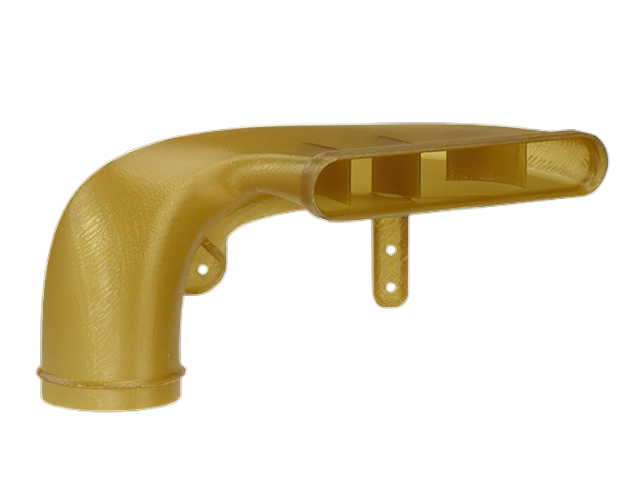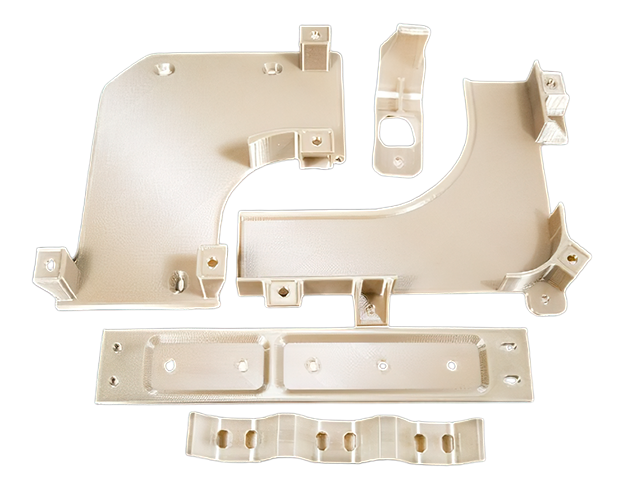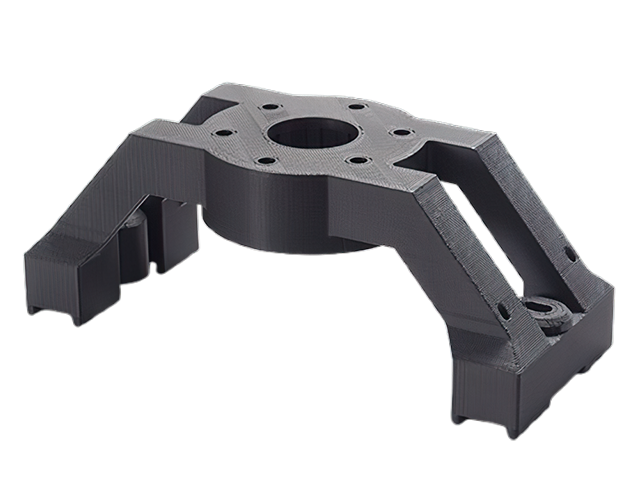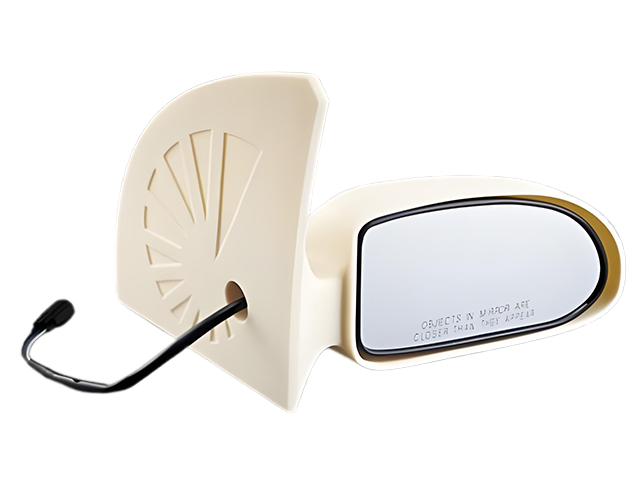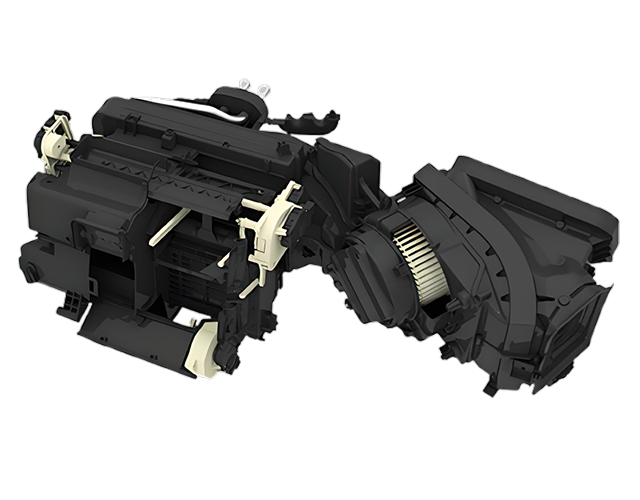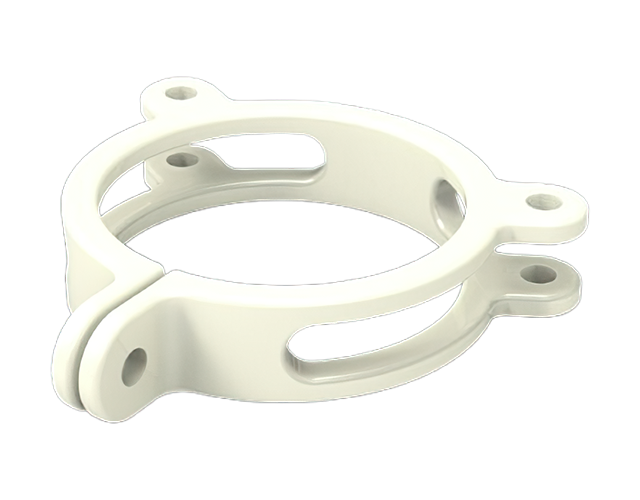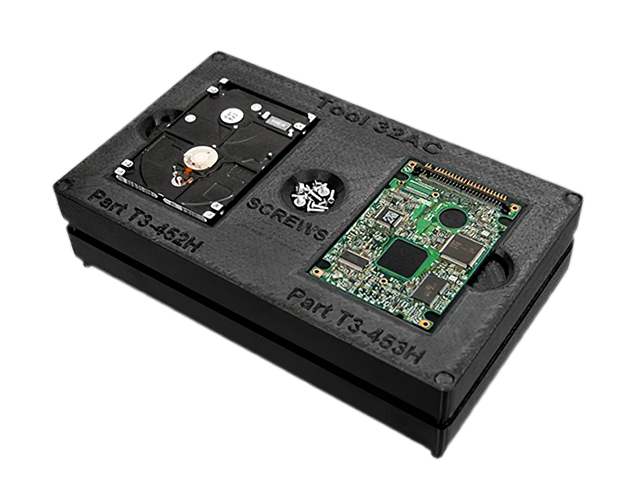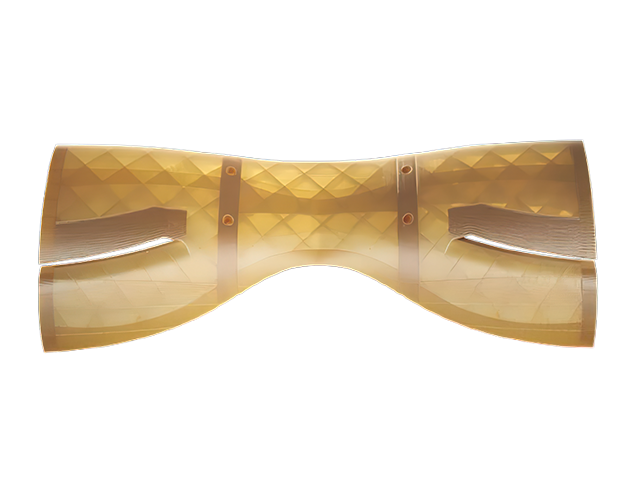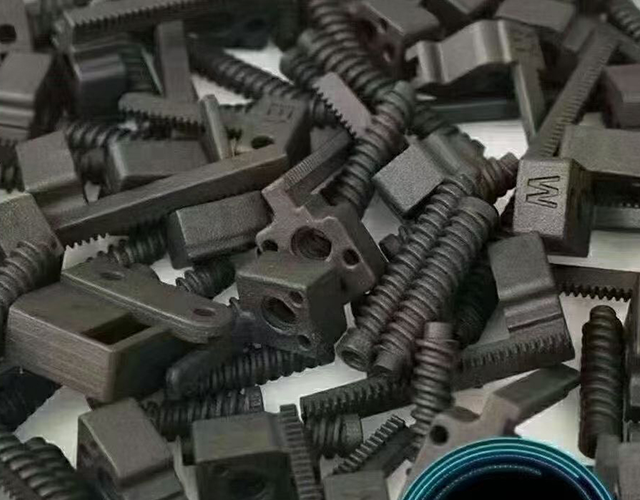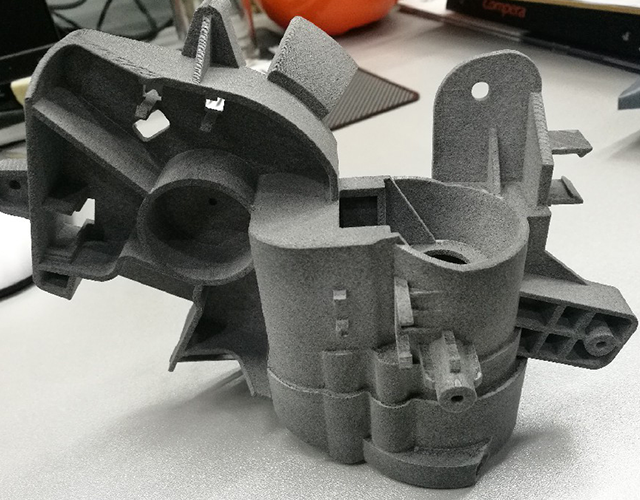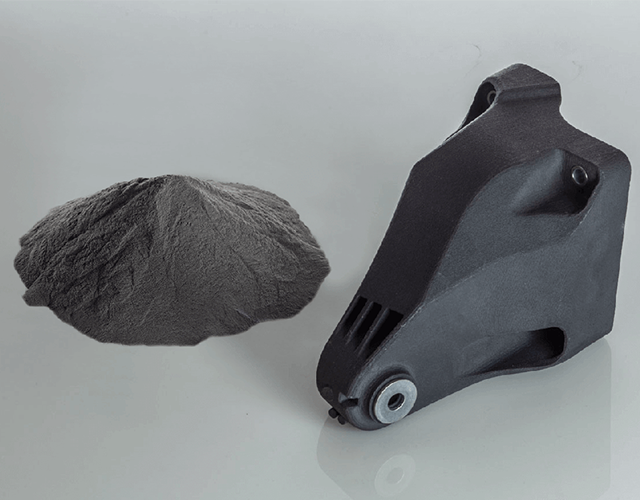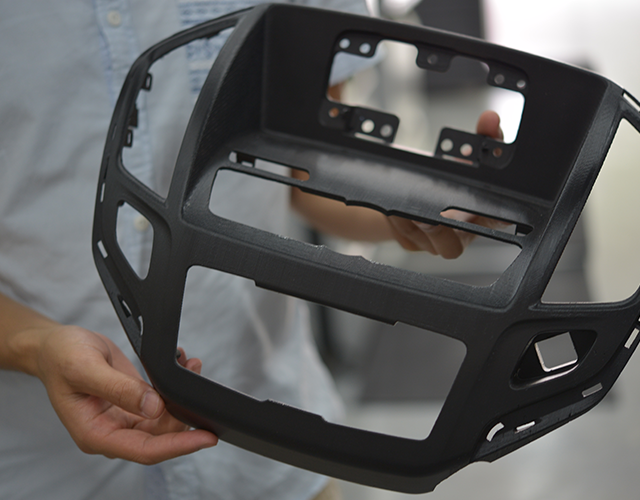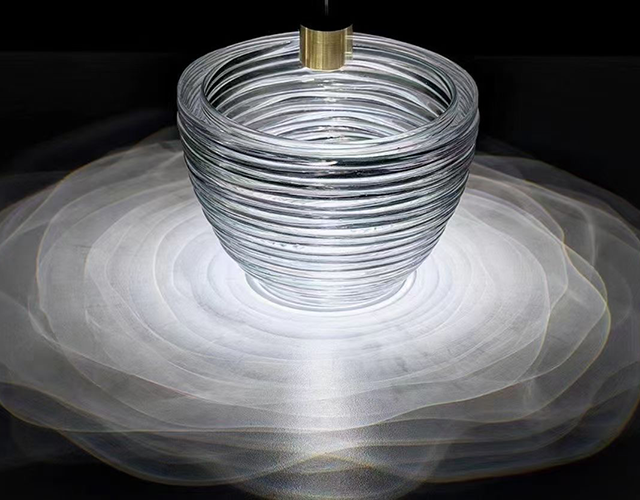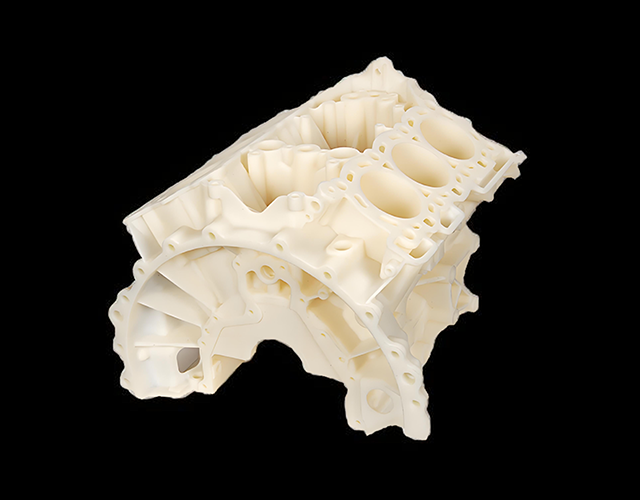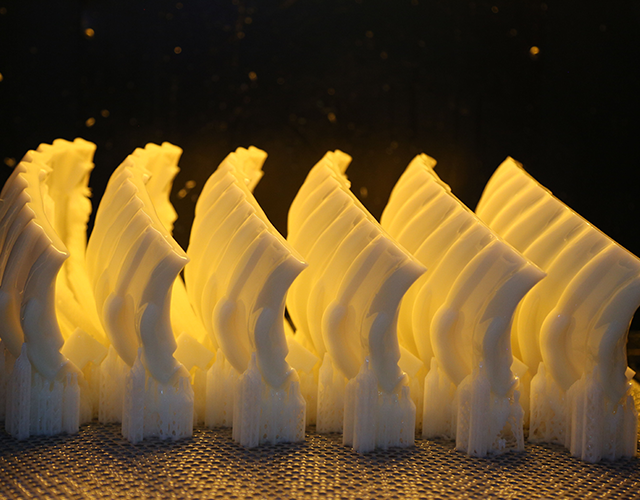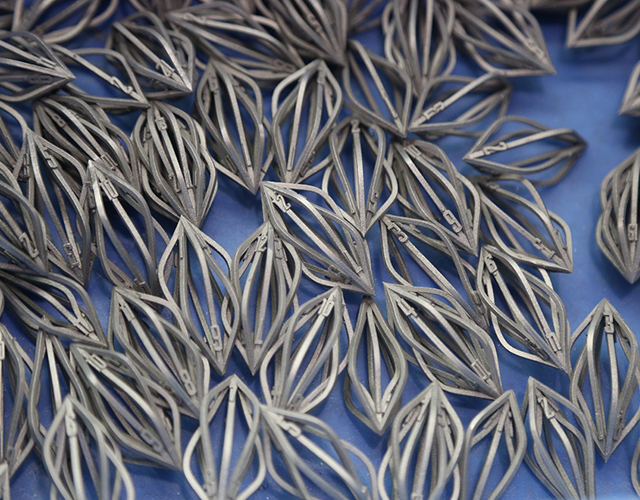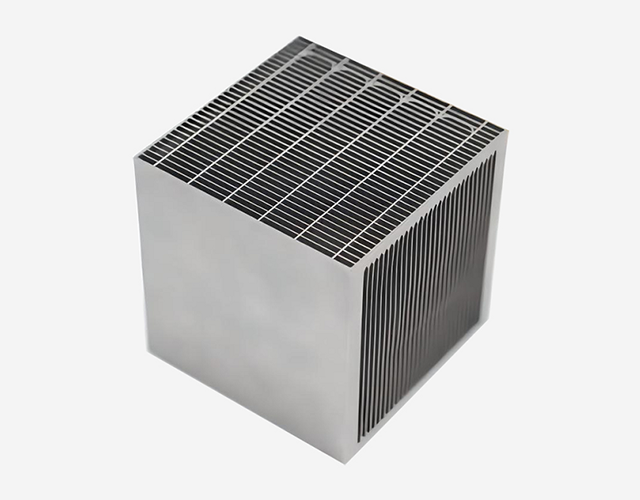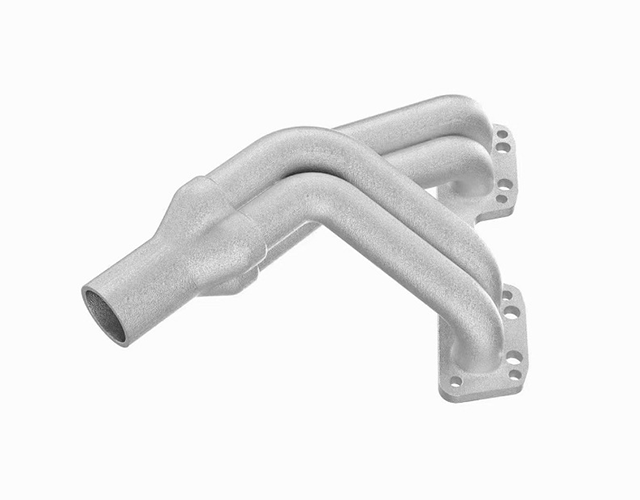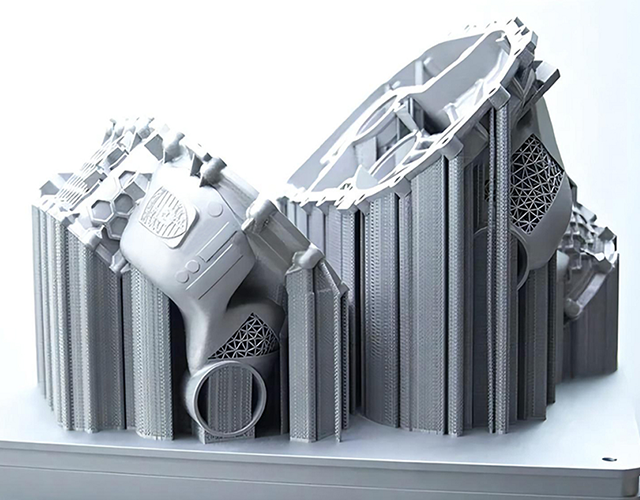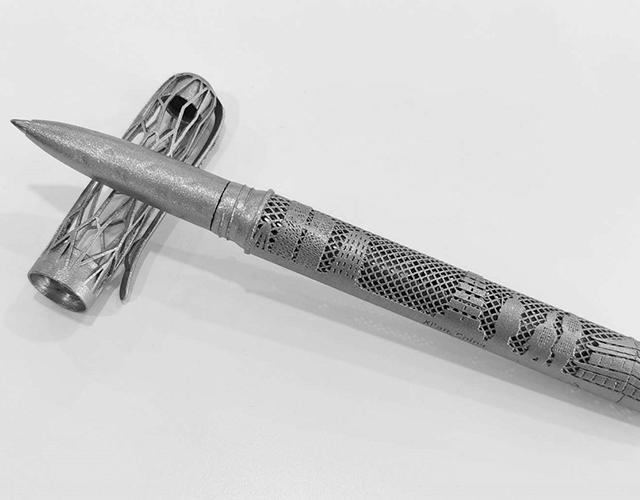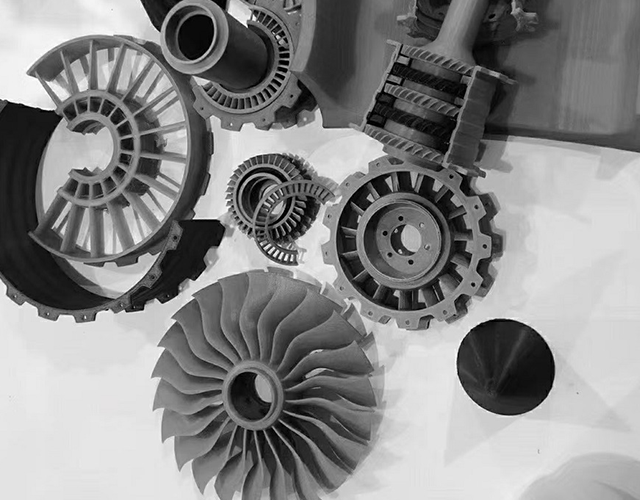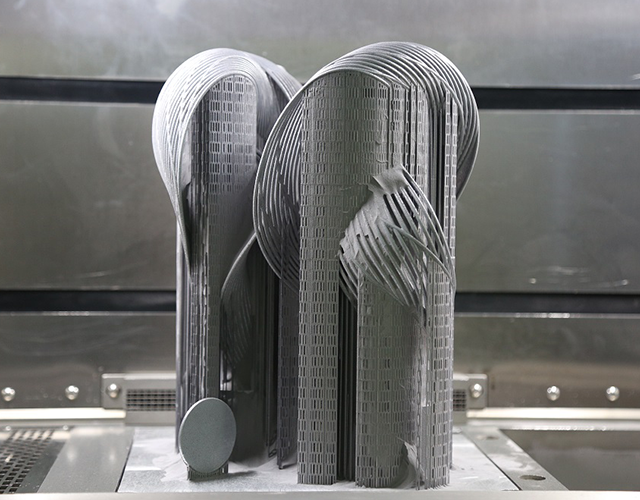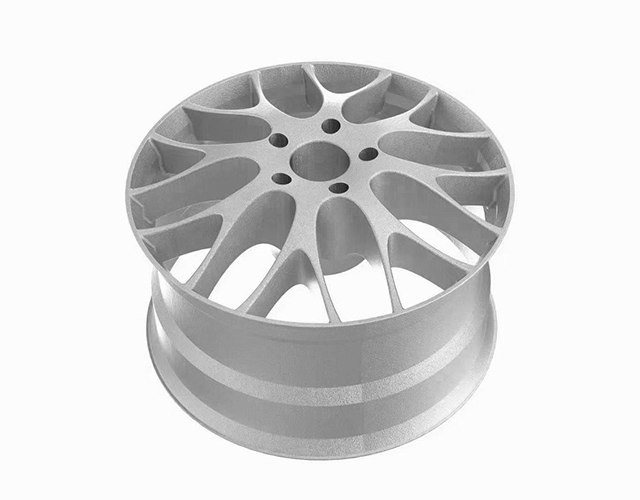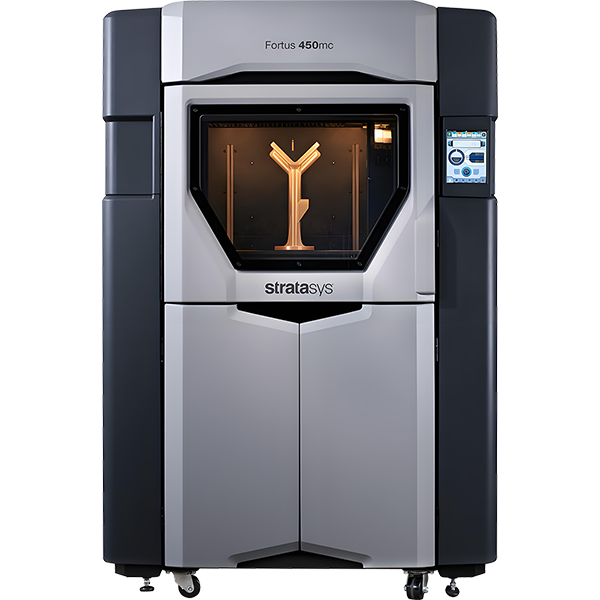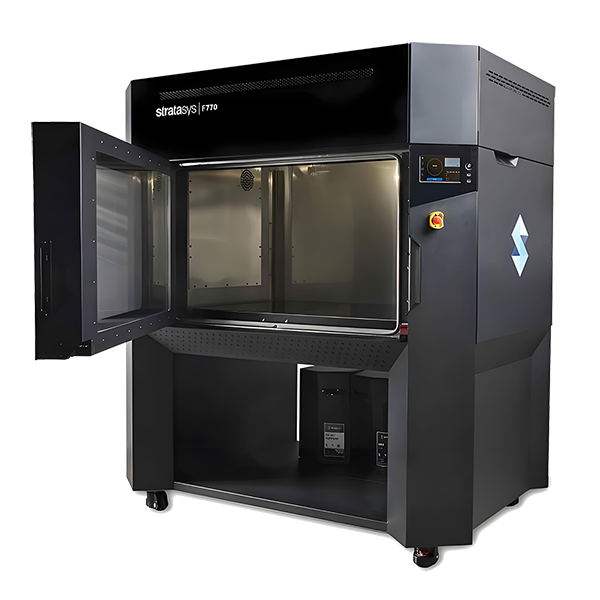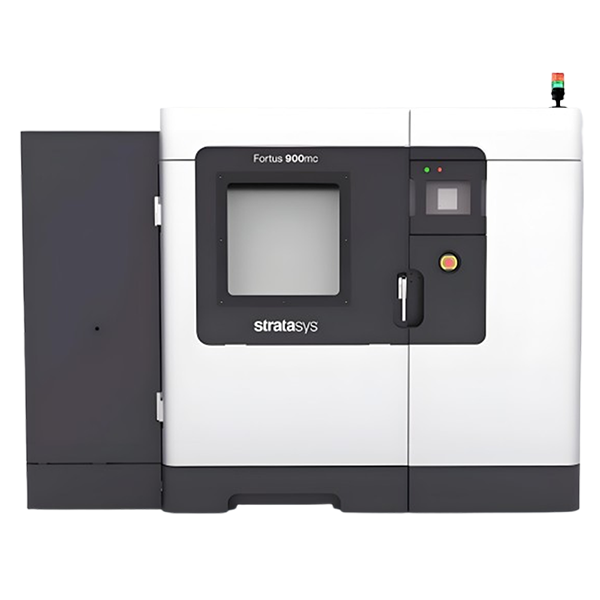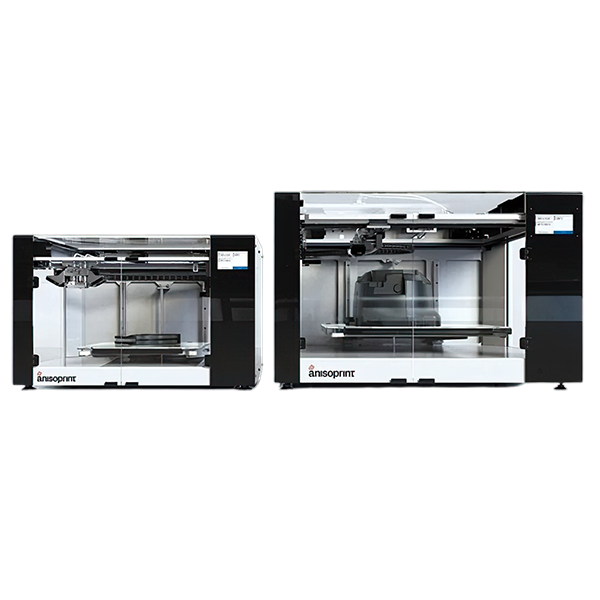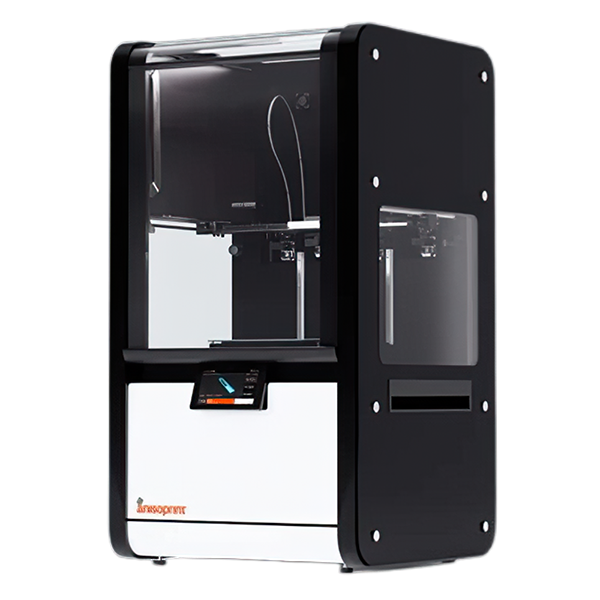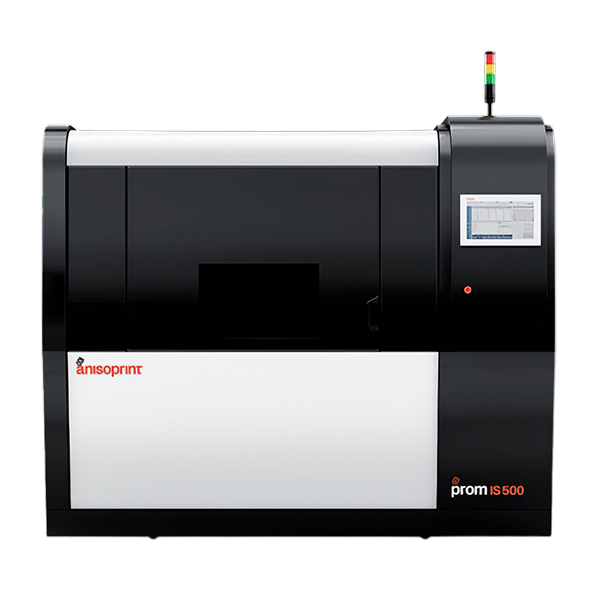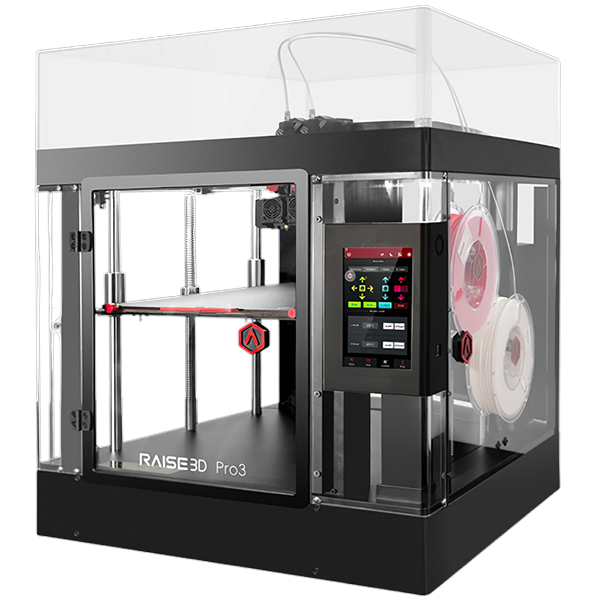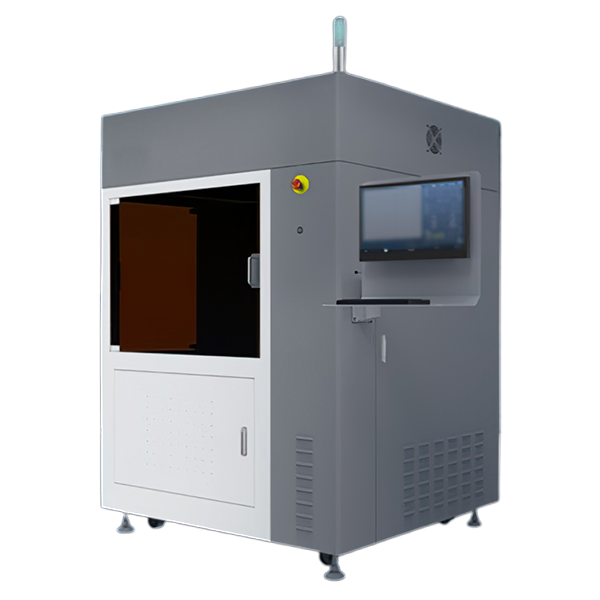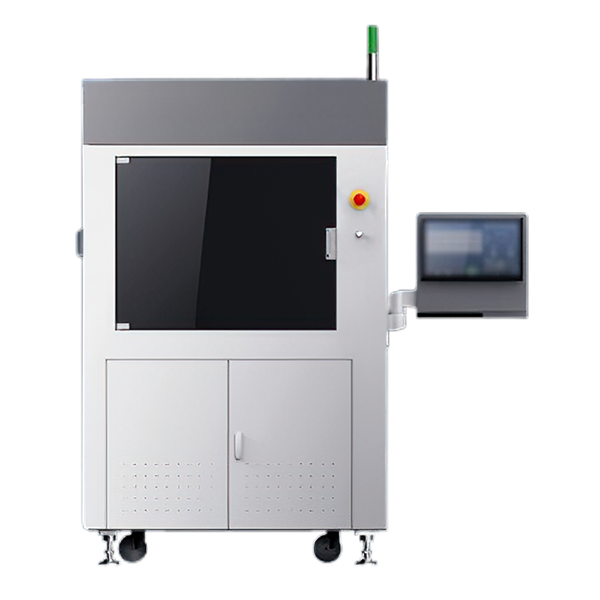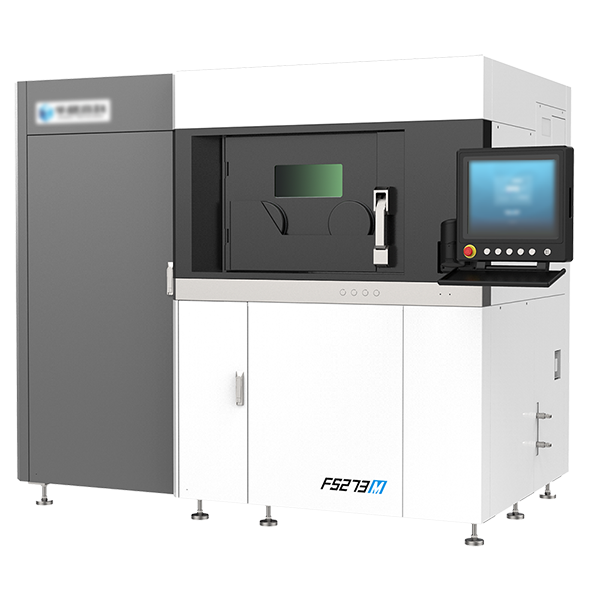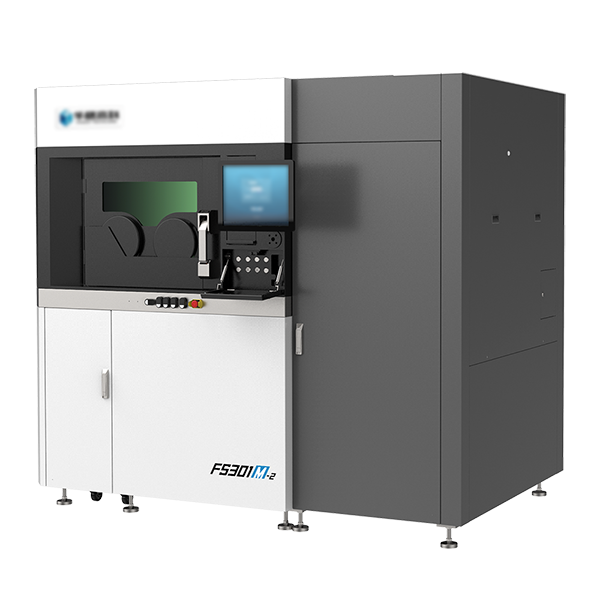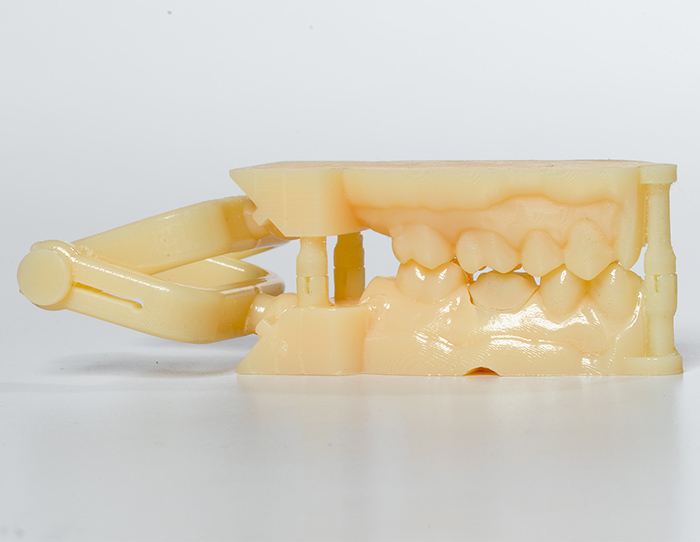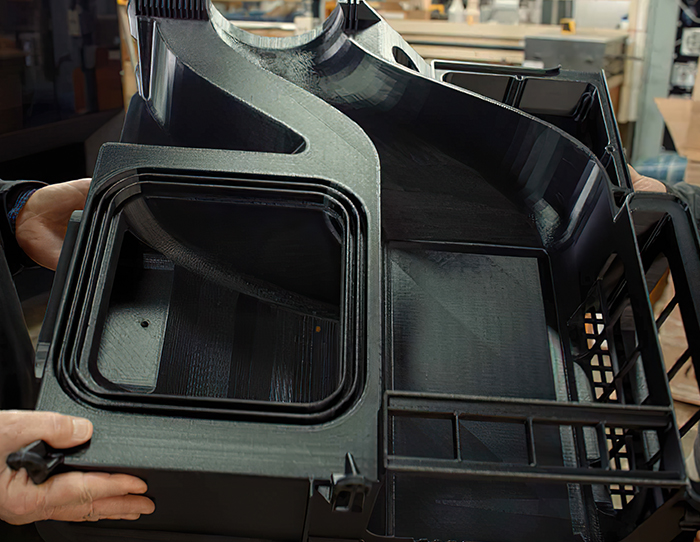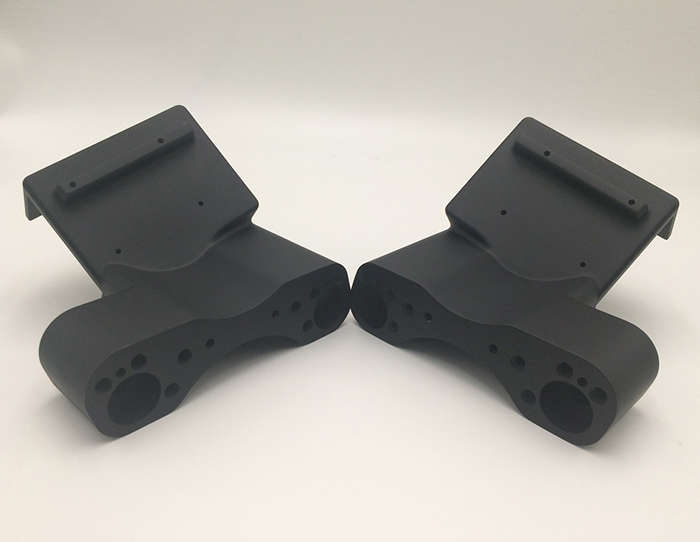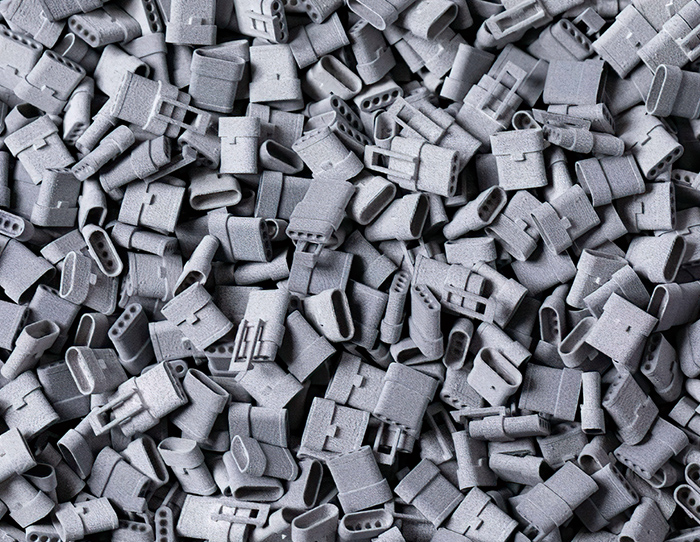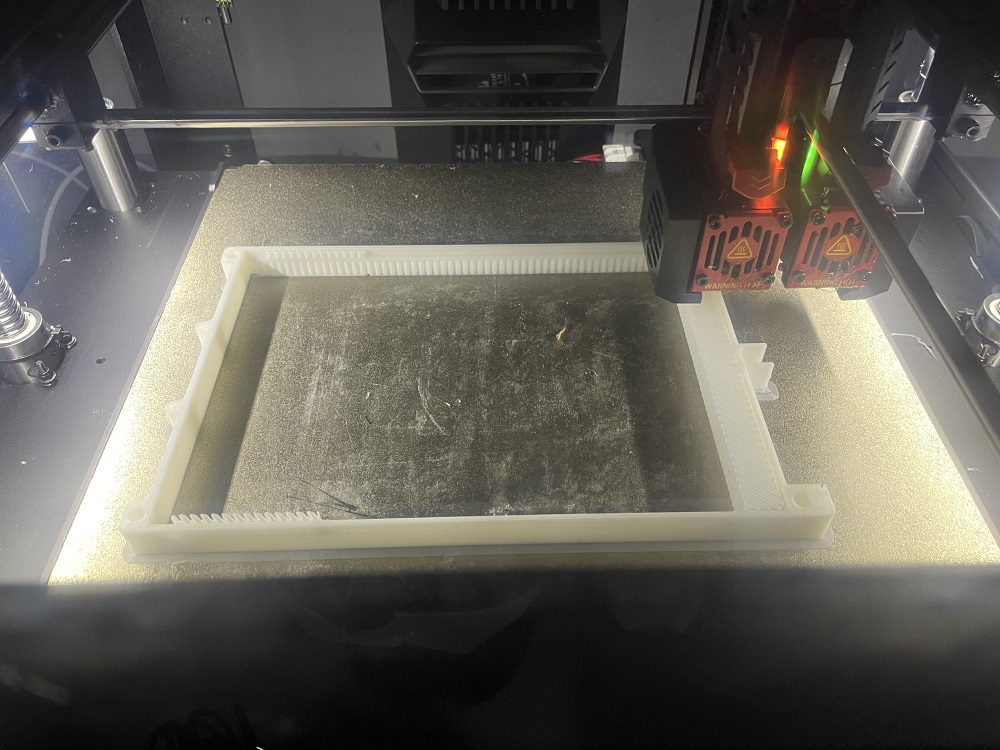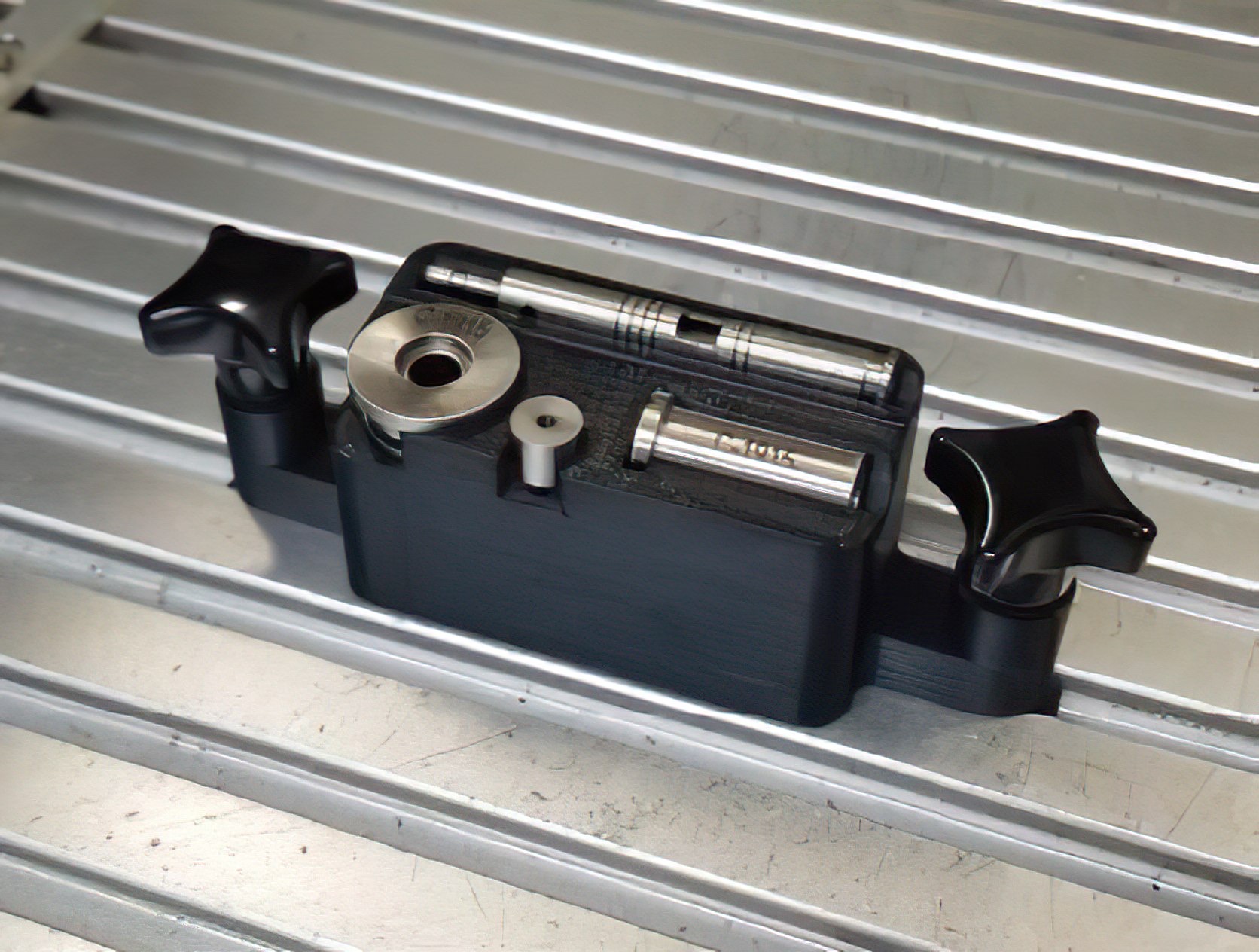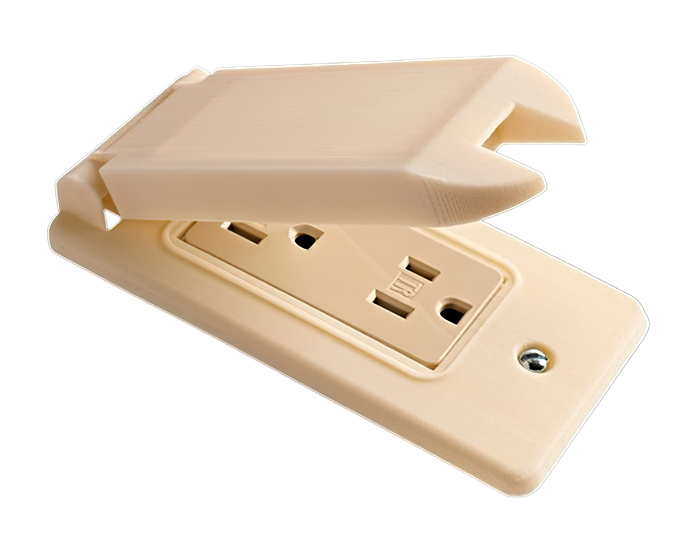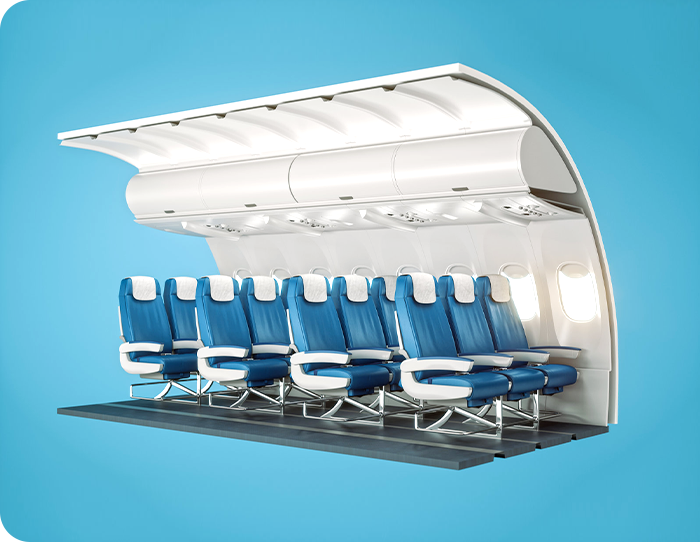
V0级别阻燃材料ULTUM9085
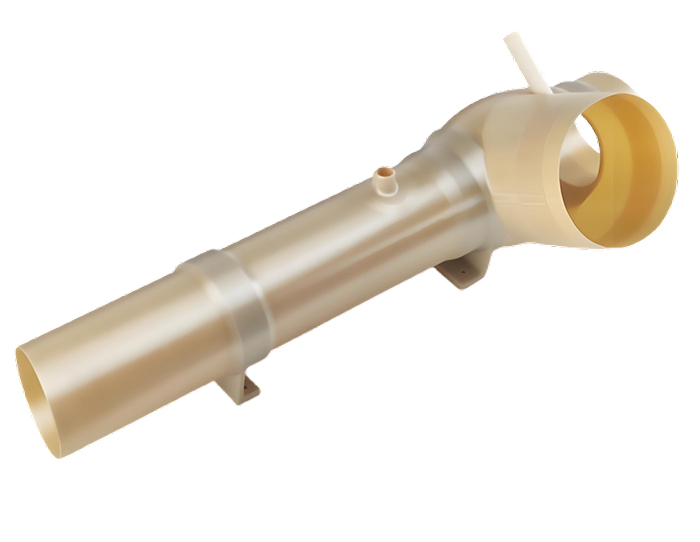
国内领先的飞机管道零部件应用方案,及提供商

航空航天空调管道需要具备高精度、轻量化特性

用于飞机内饰的3D打印零部件快速制造

用于为航空航天业生产具有成本效益的复合材料模具
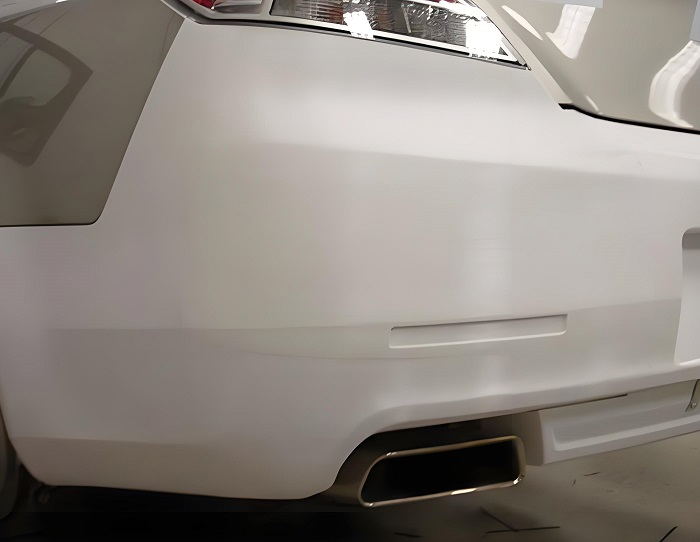
3D打印可以实现高度定制化、快速生产和成本优化
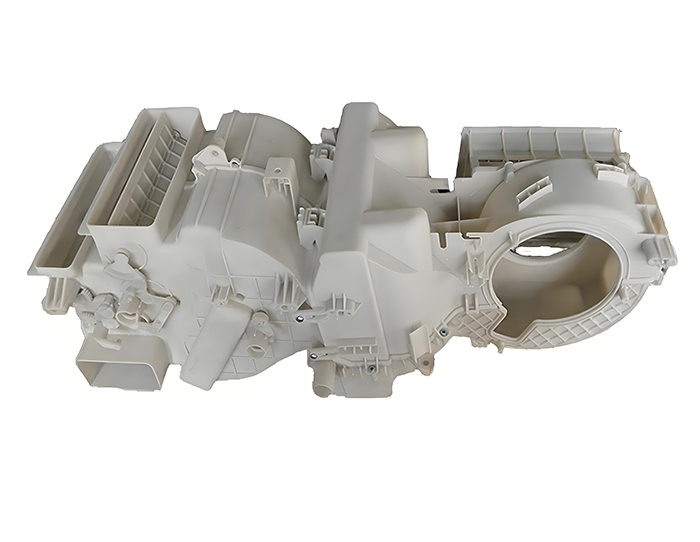
HVAC通风管和排气管是建筑暖通空调系统的重要组成部分,用于确保室内空气的质量和舒适度
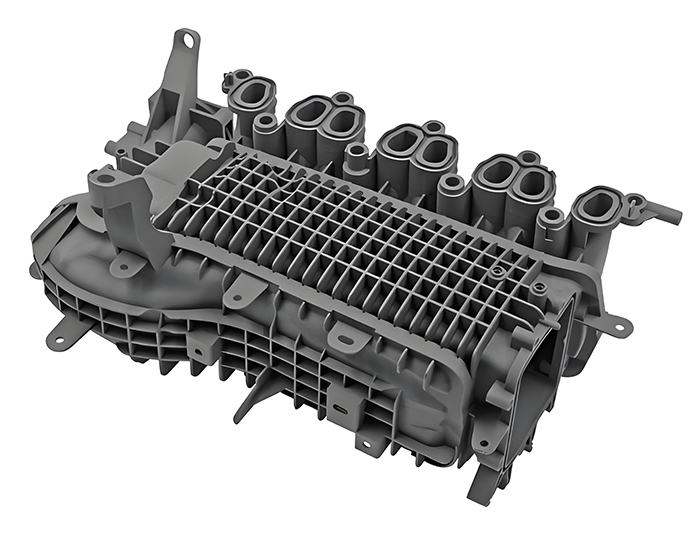
用于发动机环境布置验证及功能性验证
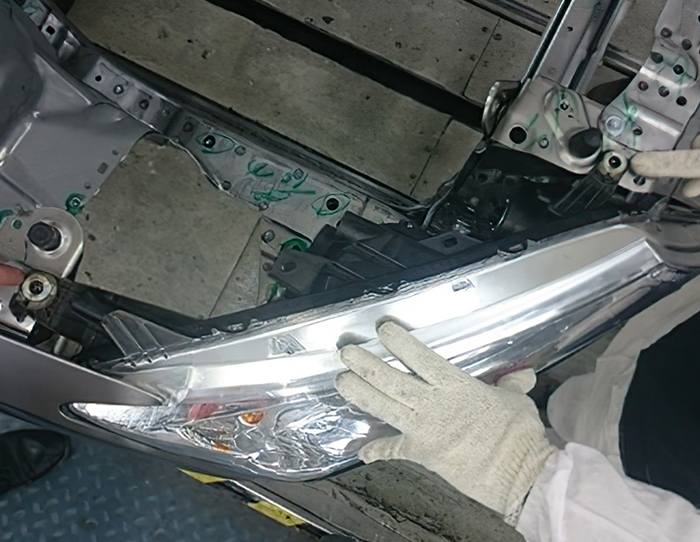
3D打印技术为汽车车灯的设计和制造带来了革命性的变化
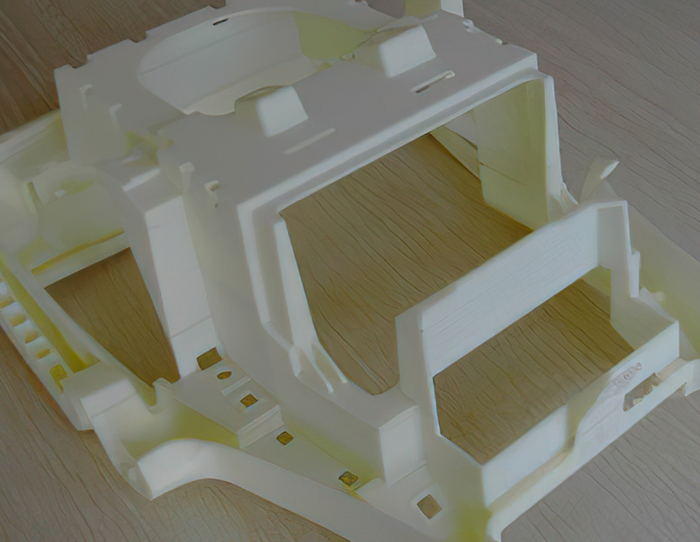
汽车内饰、内饰模具以及内饰设备

对于汽车刹车管路的快速检测,3D打印可以显著提高检测效率和准确性

减轻重量、提高散热效率、实现复杂结构的制造以及缩短开发周期
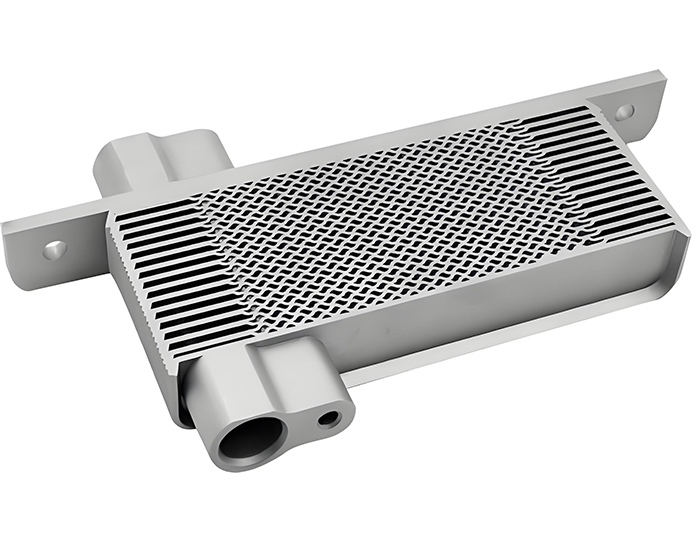
减轻重量、提高散热效率、实现复杂结构的制造以及缩短开发周期

Plyform Composites s.r.l Improves Aerospace Production Standards with 3D Printing Technology.
Speed and quality go hand in hand
Plyform s.r.l, located in Valla Lopombia, Italy, is a specialist in the manufacture of parts for industrial applications using advanced composite materials. The company is involved in a wide range of industrial sectors, with particular expertise in the aerospace sector. In fact, Plyform is one of Italy's leading suppliers of structural components for aircraft, and is renowned for manufacturing high quality, complex composite structural components.
In order to continually improve its ability to respond to customers, Plyform needed a production solution that would reduce time and costs while allowing Plyform to remain innovative. “For traditional composite production, the biggest challenges are shortening lead times, reducing costs, and the quality of the final composite part,” explains Luca Ceriani, Plyform's Director of Manufacturing Engineering.
To achieve their goals, Plyform researched a variety of industrial-grade additive manufacturing solutions and realized the benefits that industrial-grade 3D printing could bring them. The company chose Stratasys' F900™ 3D printer, based on FDM® technology. the F900 allows Plyform to produce a wide range of high-quality carbon fiber parts for helicopters using 3D-printed composite molds, at significantly higher speeds and at a significantly lower cost than aluminum molds. These advantages were demonstrated in the production of the pilot's cyclic joystick (also known as the “stick”), where the company printed a mold using the high-performance soluble material ST-1303D, wrapped the carbon fiber composite material around the mold, and then, after curing, washed off the internal dissolvable vanishing mold to leave the final composite part.
“If we had used a traditional process to produce a composite mold for a helicopter pilot's joystick, it would have taken us four hours to mill the mold and another four hours to do the external processing to avoid resin contamination,” Ceriani said. With the Stratasys FDM 3D printer, we were able to 3D print a mold in 2.5 hours while reducing costs by 80 percent. In addition, the technology has improved part quality by about 30 percent. It's revolutionized our business model.”
With this technology, the traditional tooling process is no longer necessary, and we can 3D print lightweight parts to customer specifications at a much lower cost.
“We can 3D print a mold in 2.5 hours while reducing the cost by 80%. In addition, this technology has improved part quality by about 30%. This has revolutionized our business model.”











